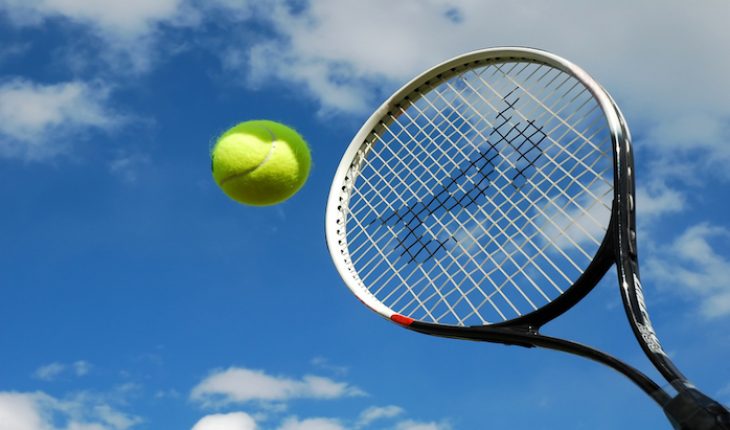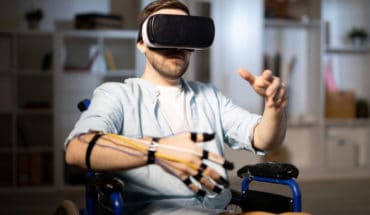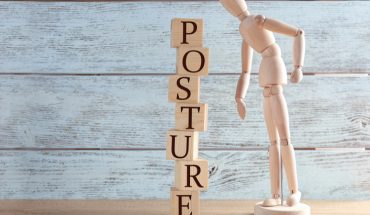The tennis season is in full swing and Wimbledon fortnight has started. Tennis-related injuries now start to appear in our clinics as people pick up their racquets after an extended period of little activity.
Olecranon bursitis – the elbow version of housemaid’s knee – is often completely painless and doesn’t have to restrict movement unless the swelling is excessive. The swelling is on the outside of the elbow and resembles a ‘goose egg’.
Olecranon bursitis – which is common although the exact incidence is unknown – happens when the bursa, which is a slippery sac over the elbow which allows the skin to slide easily across the bone when it is flexed, becomes damaged. This causes it to secrete a much greater than normal volume of fluid into the closed cavity of the bursa which makes it inflate like a balloon. It can be down to a simple knock of the elbow. The bursa is close to the surface of the skin and is easily damaged. More often, it is caused by repeated or constant pressure on the elbows, like leaning on a hard surface to read a book for example. That’s why it’s also known as student’s elbow because it often happens to people who have to lean on their desks to study. Other professionals who tend to get olecranon bursitis include plumbers and electricians, who may lean on their elbows to do their jobs. And yes, people who do sports that involve repetitive movements like tennis and golf are also more likely to develop olecranon bursitis. In a few cases, it may be a complication of gout, a disease which is caused by too much uric acid staying in the blood and not being excreted by the kidneys. That causes irritating crystals to form on the joints.
Men aged between 30 and 60 are most likely to get olecranon bursitis, perhaps because they are more likely to work in male-dominated professions where there is greater risk. According to one Canadian study, 88 per cent of sufferers are men and the average age for first onset is 44.
In some more serious cases, olecranon bursitis can get infected and this is more worrying. Typical symptoms include a high fever and chills, aches and pains and redness in the area.
In most cases, olecranon bursitis will resolve on its own. Icing the area and wearing a compression sleeve can help reduce the swelling. However, sometimes I will remove the fluid through a hollow needle to reduce the swelling and introduce a corticosteroid to reduce the risk of inflammation. Septic olecranon bursitis must be treated with antibiotics. If I suspect gout, I may send the fluid to be checked for the presence of monosodium urate crystals.
In a few rare cases, when the condition becomes chronic, it may become necessary to remove the bursa completely. This is an open procedure which is normally done under general anaesthetic.The bursa is removed without disturbing any muscle, ligament or joint structures. After around two weeks, the bursa has regrown and is now healthy. The operation normally achieves good results.
Many people never suffer a repeat of olecranon bursitis, as long as they are sensible.
Tennis elbow, despite the name, doesn’t just affect tennis players. A very common complaint, (affecting up to 7 people per 1000 in the UK) it is painful condition which is caused by inflammation around the bony bump on the side of the elbow. It can happen to anyone who does lots of repetitive gripping manoeuvres, like holding a racquet, a garden hoe or shears, or working as a chef in a kitchen holding cooking pots, or on an assembly line. When we clasp our hands round an object, we naturally bring our wrists back slightly to develop the tension in our gripping fingers. This requires the muscles in your forearm to contract. Over time, regular contractions in the muscle can inflame the area where the tendons from the muscles attach to the bone at the elbow. It’s a bit like repetitive strain but it can also occur out of the blue.
Tennis elbow affects men and women and equally and tends to occur in the mid-40s. It can come and go and can be a chronic condition. The initial treatments are icing or wearing a special device which goes around the elbow and changes the forces acting on the tendon. I always advise patients to rest. Inject corticosteroids can help bring down the swelling. Physiotherapy can be helpful too to rebuild the strength of the muscles. Tennis elbow decompression is an open surgery procedure done under general anaesthetic or a block to freeze the entire arm. I just scrape away the damaged part of the tendon and stitch it securely. This procedure is only done when other treatments have shown to be ineffective.
- Tennis elbow season is here - 20th April 2017
- Anyone for tennis? - 8th June 2016






